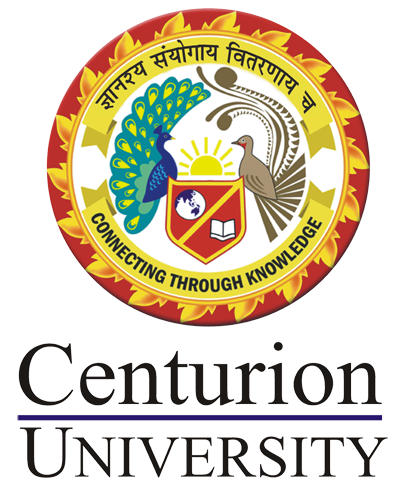CUTM2516 Forensic Serology and DNA Profiling
Course Attendees
Still no participant
Course Reviews
Still no reviews
Course Objective :
To acquaint the students about different body fluids and their analysis.
Impart the knowledge of DNA profiling and individualisation.
Course Outcome :
On completion of this course, the successful students should be able to:
- Acquire skills to identify, characterise and analyse the various body fluids using different serological techniques found in a crime scene.
- Demonstrate the different conventional and modern techniques for DNA isolation, extraction, quantitation and purification of DNA. Understand the basic concept of individualization and uniqueness of DNA in identification of individuals.
- Identify individuals based on DNA Profiling technique.
- Understand the significance of microbiology in forensic science and how it can be involved in evidence analysis.
CO-PO Mapping :
| SNO | DESCRIPTION | POMAPPING |
| CO1 | The importance of biological fluids – blood, urine, semen, saliva, sweat – in crime investigations. | PO1, PO2, PO5, PO6 |
| CO2 | Know about the usefulness of genetic markers in forensic investigations. | PO1, PO2, PO5, PO6, PO11, PO12 |
| CO3 | Understand the basic principle of DNA analysis and it’s significance | PO1,PO2, PO5, PO6, PO11, PO12 |
Syllabus
Unit - 1
Basic Serology
- Blood and its
- Hemoglobin and its
- Blood Typing/Grouping – ‘ABO’ system and its significance in forensic
- Other blood group antigens - ‘Rh sub types’, MN, I, P, Kell, Duffy, Kidd, Lewis, Lutheran and Bombay blood group
- Presumptive and confirmatory test for blood
Unit - 2
Identification of Saliva and Other Biological Fluids
- Biological characteristics of saliva and its identification
- Composition of semen , vaginal secretion and its forensic importance
- Different Tests for identification of Semen & Vaginal Secretion
- Composition of Urine and its identification
- Other biological fluids and its detection
Unit - 3
Basics of DNA extraction and Quantification
- Conventional techniques for DNA isolation
- Modern techniques and equipment for DNA extraction and purification
- Different methods of DNA quantitation
- DNA separation techniques
Unit-4
Introduction to forensic DNA analysis
- History of DNA fingerprinting
- DNA polymorphism, Genes and DNA markers in forensic DNA
- Introduction to mitochondrial DNA and its forensic importance
- Important case studies of DNA fingerprinting
Unit-5
Forensic Microbiology
- Scope of microbiology in forensic investigation
- Sterilization techniques - Physical agents: Dry heat, wet heat and cold sterilization, filtration, radiation; Chemical agents (Disinfectants, antibiotics, alcohols) and their
- Microbial diversity and its application in forensic
- Different methods for isolation of microorganisms from forensic samples like vomit, stool, stomach wash and residual food.
Session - 4
Other blood group antigens - ‘Rh sub types’, MN, I, P, Kell, Duffy, Kidd, Lewis, Lutheran and Bombay blood group
Session-7
Composition of semen , vaginal secretion and its forensic importance
Different Tests for identification of Semen & Vaginal Secretion
Session-8
Composition of Urine and its identification and Other biological fluids and its detection
Session-10
Modern techniques and equipment for DNA extraction and purification
Session - 14
Introduction to mitochondrial DNA and its forensic importance
Session - 15
Scope of microbiology in forensic investigation
Session - 16
Sterilization techniques - Physical agents: Dry heat, wet heat and cold sterilization, filtration, radiation; Chemical agents (Disinfectants, antibiotics, alcohols) and their mechanisms
Session - 17
Microbial diversity and its application in forensic
Session-18
Different methods for isolation of microorganisms from forensic samples like vomit, stool, stomach wash and residual food.

